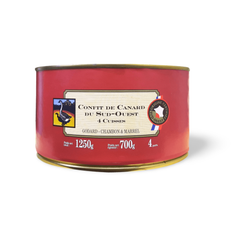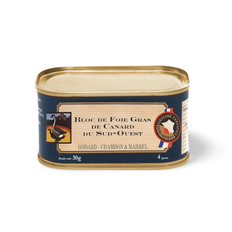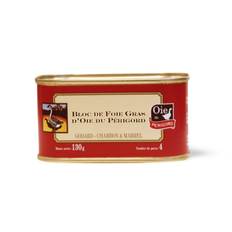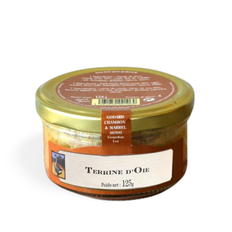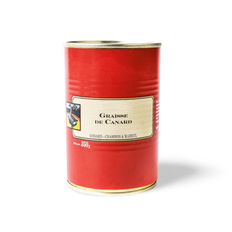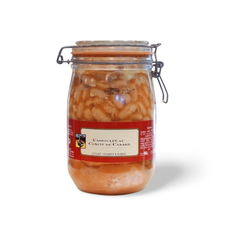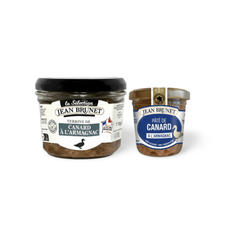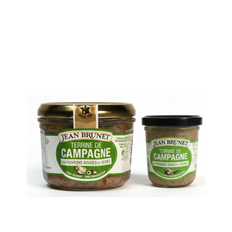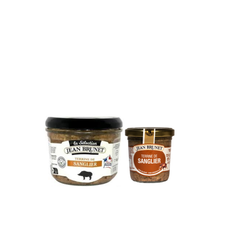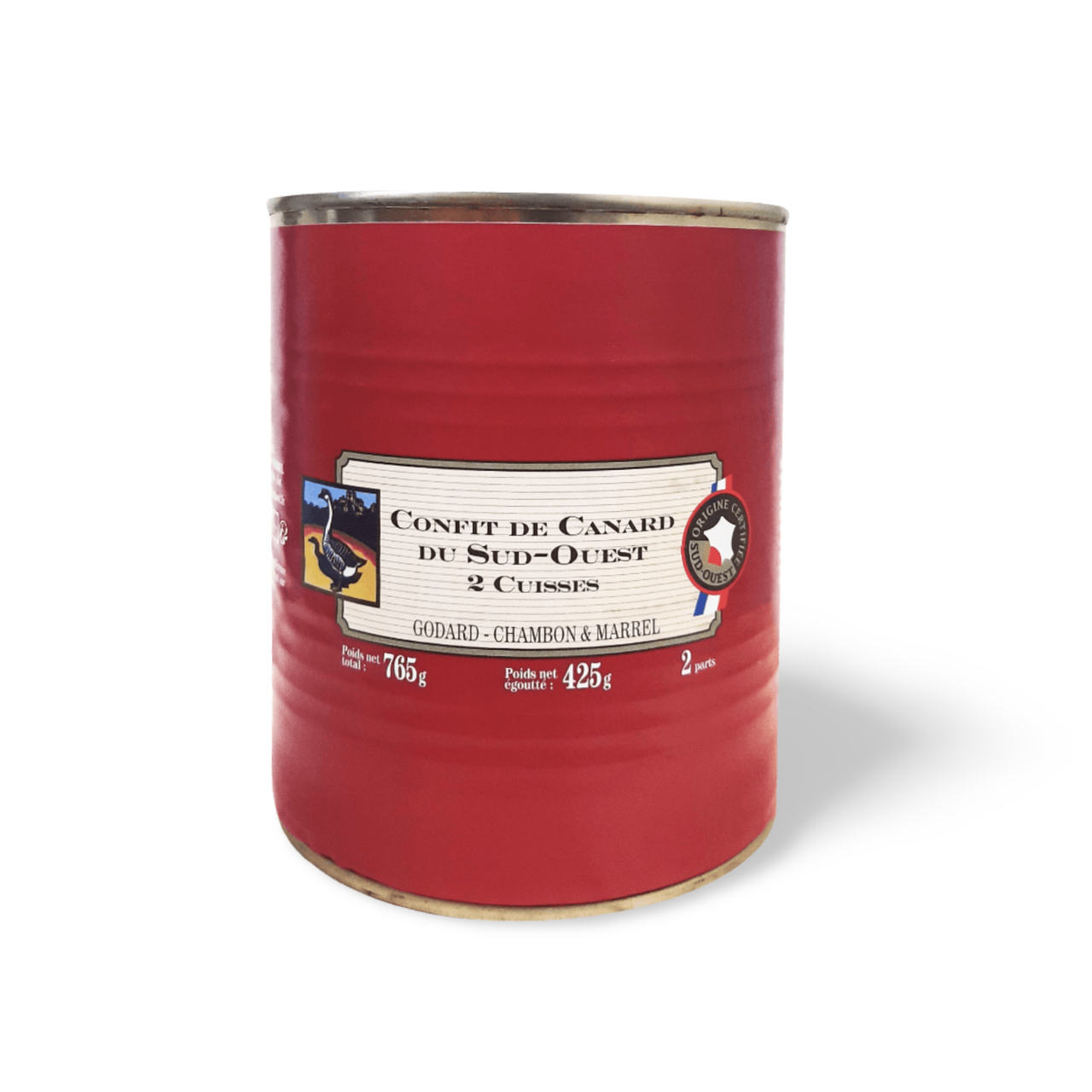
Maison Godard Duck Confit 2 Legs
Experience the Culinary Heritage of Southwest France with Artisanal Duck Confit
by Maison Godard
Delivery today - Same day delivery available in Metro Manila.
Or choose your delivery date during checkout.
Your delivery is guaranteed.
Delve into the world of gourmet French cuisine with Maison Godard’s Duck Confit 2 Legs, a testament to culinary artistry from the heart of the Quercy-Périgord region. This traditional delicacy promises a gastronomic journey through one of France’s finest gastronomic creations, celebrated for its rich flavors and tender texture.
Origin & Heritage
Maison Godard’s Duck Confit 2 Legs is an exquisite representation of French culinary tradition. Crafted in the medieval town of Gourdon, nestled in the Quercy-Périgord region, it stands as a proud symbol of the area’s rich gastronomic legacy. This region is renowned for its epicurean excellence, and Maison Godard, a family-founded company since 1978, embodies this heritage by producing gourmet delights that honor the timeless methods of southwest France.
What is Duck Confit?
Duck confit, or confit de canard, is a traditional French preparation that involves slow-cooking duck legs in their own rendered fat. This method, originating centuries ago, was devised as a preservation technique. However, it has gained fame for yielding meat that is extraordinarily tender, with a skin that crisps beautifully when reheated. Maison Godard enhances this classic approach with optional additions of foie gras and porcini mushrooms, elevating the dish with exquisite flavors.
The Production Process
-
Selection of Ingredients: The journey begins with the careful selection of local ducks, typically the prized Mulard or Barbary breeds known for their robust flavor.
-
Preparation: Duck legs are generously salted and may be marinated with herbs such as thyme and bay leaves, infusing them with aromatic depth.
-
Slow Cooking: The duck legs are gently poached at low temperatures, completely submerged in duck fat. This slow-cooking process is crucial, allowing the meat to become tender and succulent.
-
Preservation: Once cooked, the legs are preserved in an anaerobic environment within glass jars or tins. This meticulous method allows the duck confit to remain fresh for months when unopened, thanks to the duck fat’s natural preservation qualities.
-
Flavorful Enhancements: For a touch of luxury, Maison Godard includes slivers of foie gras or porcini mushrooms in select batches, enriching the flavor and adding an element of gourmet indulgence.
Sensory Profile & Serving Suggestions
When opened, the jar reveals two succulent duck legs surrounded by rich duck fat. The aroma is invitingly savory with notes of roasted duck and subtle earthy undertones from the mushrooms (if included). Upon reheating, the skin can be crisped to a golden perfection, while the meat underneath retains its moist and flavorful character.
For an enriching meal, consider serving the confit with traditional accompaniments such as cassoulet, or as a centerpiece with sauteed potatoes and a bitter greens salad. Enhance the dining experience with a robust red wine, such as a Cahors Malbec, that pairs beautifully with the dish’s richness.
Packaging
Maison Godard’s Duck Confit is packaged elegantly in reusable glass jars, a nod to both tradition and sustainability. This choice not only protects the delicacy but also reflects the premium quality of the product.
Cultural Significance
Beyond its culinary delights, duck confit holds a cherished place in festive and everyday meals across France—particularly in the colder months. Its creation and enjoyment are woven into the very fabric of French culinary culture, and Maison Godard’s rendition keeps this tradition vibrant and relevant.

